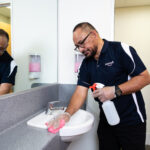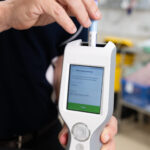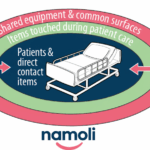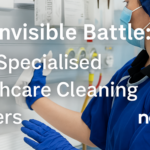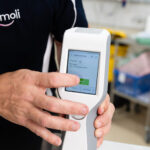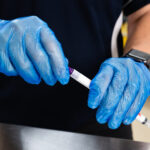Terminal cleaning is the deep, comprehensive cleaning performed after a patient is discharged or an isolation room is vacated. Done correctly, it removes pathogens that routine cleaning can miss and prevents infections in the next patient. This guide details the steps, products and verification methods required to perform terminal cleaning to clinical standards.
Key Takeaways
- Terminal cleaning involves preparation (removing personal items, donning PPE), thorough cleaning/disinfection of all surfaces and equipment, and proper disposal of waste.
- Use TGA‑approved disinfectants, microfibre cloths, HEPA vacuums and allow sufficient dwell time to ensure pathogens are destroyed.
- Verify effectiveness with checklists, fluorescent markers and ATP testing; document findings to support continuous improvement and regulatory compliance.
What Is Terminal Cleaning—and Why It Matters
Terminal cleaning (also called post-discharge or post-contamination cleaning) is a meticulous disinfection process performed after a patient is discharged or moved. Its primary goal is to eliminate all lingering pathogens, safeguarding incoming patients and healthcare staff from cross-contamination and Healthcare-Associated Infections (HAIs). Whether it’s an operating theatre or isolation room, terminal cleaning forms the frontline defence in protecting vulnerable individuals. Namoli’s certified teams are trained to carry it out with absolute rigour.
When and Where Terminal Cleaning Is Required
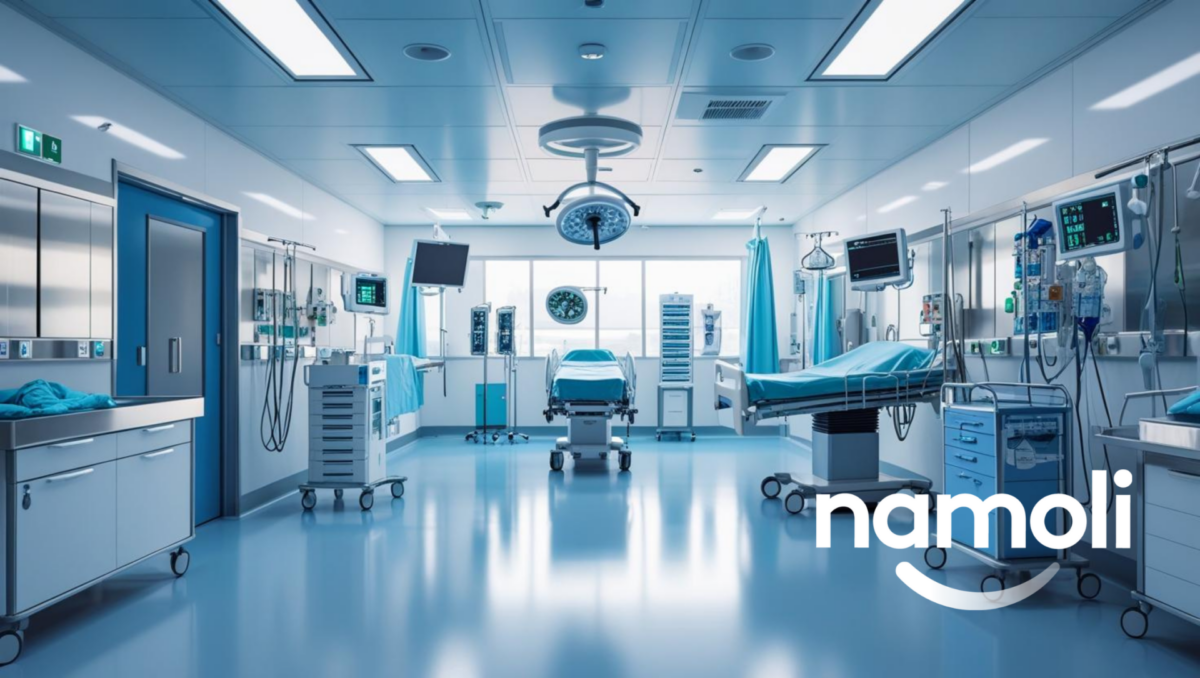
Terminal cleaning is required across numerous clinical touchpoints, especially:
- Following patient discharge, particularly for those under transmission-based precautions
- After the final procedure of the day in the operating theatres
- In high-risk areas like ICUs, burn units, or isolation rooms
At Namoli, we apply terminal cleaning standards based on national infection control guidelines and site-specific risk profiles, ensuring every area is cleaned appropriately based on patient vulnerability, surface exposure, and contamination probability.
Steps for Effective Terminal Cleaning
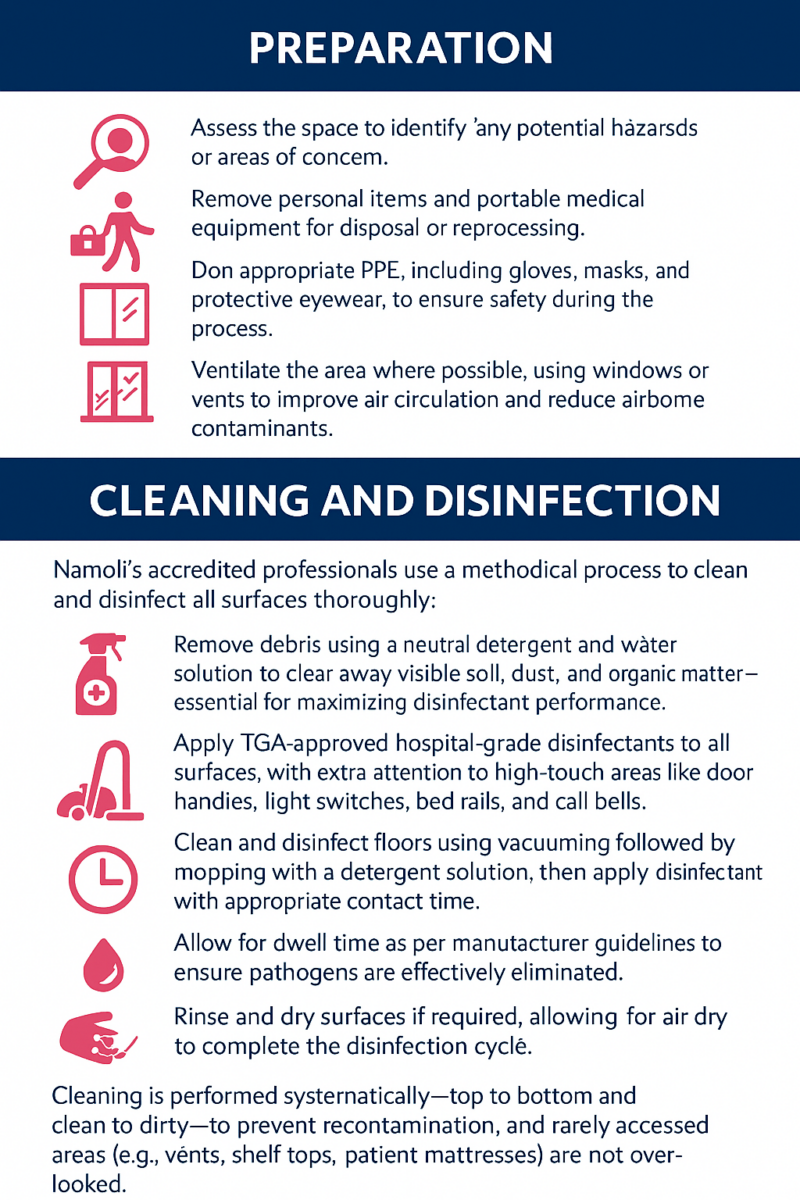
Namoli Healthcare follows a comprehensive, multi-step approach to terminal cleaning, designed to reduce infection risk through a combination of preparation, deep cleaning, disinfection, and safe disposal. This structured protocol ensures that each area is not only visibly clean but also hygienically safe.
1. Preparation
Before cleaning begins, our teams:
- Assess the space to identify any potential hazards or areas of concern.
- Remove personal items and portable medical equipment for disposal or reprocessing.
- Put on safety gear like gloves, masks, and goggles before starting work to protect yourself.
- Ventilate the area where possible, using windows or vents to improve air circulation and reduce airborne contaminants.
2. Cleaning and Disinfection
Namoli’s accredited professionals use a methodical process to clean and disinfect all surfaces thoroughly:
- Remove debris using a neutral detergent and water solution to clear away visible soil, dust, and organic matter, essential for maximising disinfectant performance.
- Apply TGA-approved hospital-grade disinfectants to all surfaces, with extra attention to high-touch areas like door handles, light switches, bed rails, and call bells.
- Clean and disinfect floors using vacuuming followed by mopping with a detergent solution, then apply disinfectant with appropriate contact time.
- Allow for dwell time as per manufacturer guidelines to ensure pathogens are effectively eliminated.
- Rinse and dry surfaces if required, allowing for air drying to complete the disinfection cycle.
Cleaning is performed systematically—top to bottom and clean to dirty—to prevent recontamination, and rarely accessed areas (e.g. vents, shelf tops, patient mattresses) are not overlooked.
3. Disposal and Final Steps
To complete the terminal clean, we:
- Dispose of all waste and used linens under strict facility infection control protocols.
- Inspect the space visually to ensure cleanliness and readiness for the next patient.
- Take off PPE carefully and dispose of it safely to avoid cross-contamination.
- Perform hand hygiene following national standards to reinforce compliance.
- Document the process, ensuring traceability and accountability as part of our audit trail.
Approved Products and Professional Tools
At Namoli, we use only TGA-listed disinfectants, including solutions effective against resistant pathogens like C. difficile. In many cases, we opt for dual-purpose cleaning solutions that save time while delivering clinical results.
Our equipment includes:
- Microfibre cloths and mops for superior microbial removal
- HEPA-filtered vacuums for airborne contaminant control
- Steam cleaners and scrubbers for deeper disinfection
- Colour-coded supplies and dedicated equipment for high-risk areas
This tailored toolkit supports both compliance and performance in complex environments.
Verifying Cleaning Quality
Namoli Healthcare employs multiple verification methods to ensure consistent results:
- Visual inspections and checklist audits for procedural adherence
- Fluorescent markers to confirm surface coverage
- ATP bioluminescence testing to detect residual organic matter
These tools, combined with real-time feedback loops and audit tracking, support ongoing improvement and regulatory compliance across all healthcare environments we service.
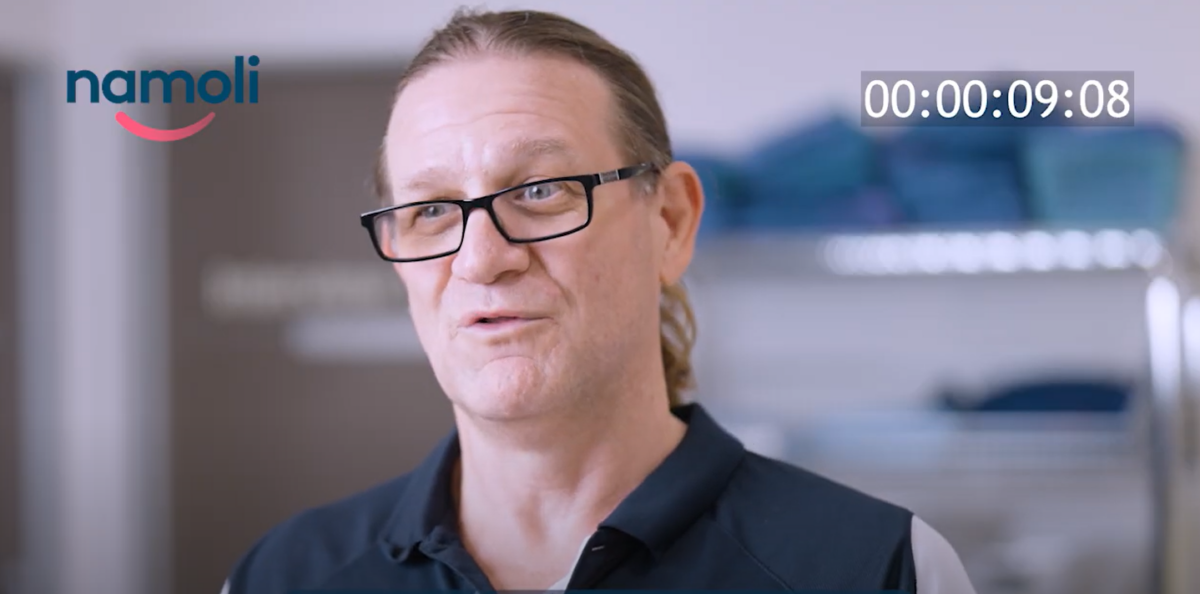
Namoli Healthcare: Confidence in Every Clean
Terminal cleaning demands skill, science, and precision, and Namoli delivers on all fronts. Our infection control-trained teams follow best-practice standards, backed by cutting-edge technology and deep sector experience.
Get in touch with Namoli Healthcare today to learn how our terminal cleaning services can strengthen your infection prevention strategy.
Related Posts
Terminal cleaning—conducted after surgical sessions or patient discharge—ensures operating rooms are safe for the next case. Though the CDC (U.S.)…
What Do Hospitals Use to Clean? Maintaining hygiene in hospitals is non-negotiable. Every surface, tool, and process must meet strict…
If you’re looking for official hospital cleaning procedures and methods in Australia, the national reference points are the NSQHS Standards…

